Every second surveyed Dalit and Adivasi student couldn’t access online classes: NCDHR report
A survey-based study by the National Campaign on Dalit Human Rights (NCDHR)'s Dalit Adhikari Andolan found that 56% of the surveyed students from the marginalised communities in the annual income group of Rs 20,000-40,000 were unable to access online classes. Further, 73% respondents from particularly vulnerable tribal groups were unable to access online classes in the COVID pandemic.
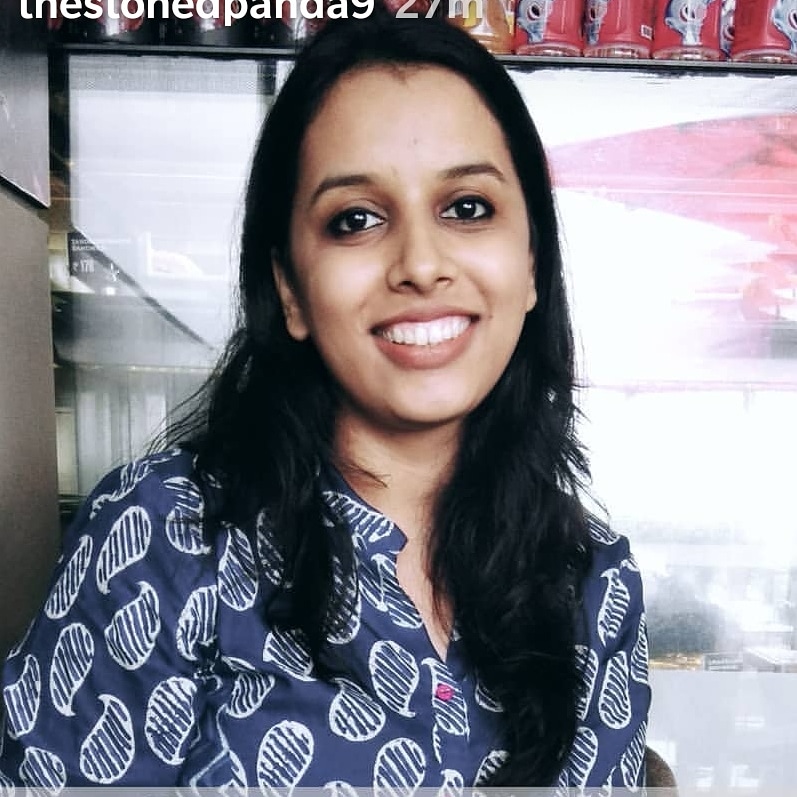
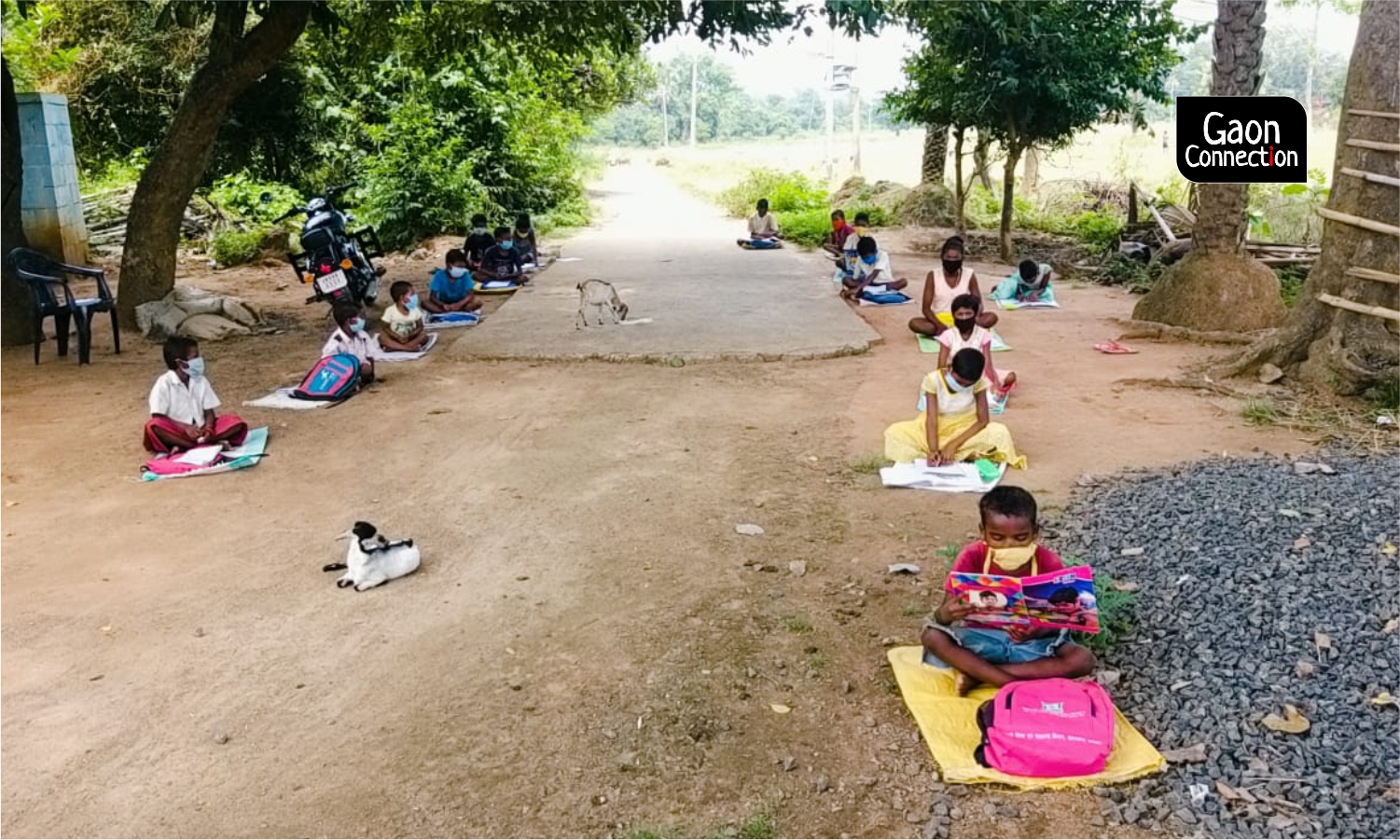
Students ensuring social distance outside classroom.
One out of every second Dalit and tribal student interviewed as part of a survey by the economic and educations rights wing of the National Campaign on Dalit Human Rights (NCDHR), Dalit Adhikari Andolan (DAAA), couldn’t avail online classes due to the unavailability of android phones/laptops. Twenty-two percent of students from these marginalized communities didn’t have access to internet facilities in their villages that affected their education in the COVID19 pandemic.
These are some of the key findings of the survey-based study that was released today on October 19 in New Delhi. The report titled “Confronting the Pandemic: Response and Recovering for Dalit and Adivasi students” shared grim details about the trials and tribulations Dalit and Adivasi students had to face to access education during the pandemic.
Of the 43 percent respondents whose colleges had started online classes, almost 39 percent were unable to access these classes online. Fifty-six percent of students in the annual income group of Rs 20,000-40,000 were unable to access online classes. Access to virtual classes improved with the financial status of the household, shows the recent study.
Access to online classes was acute among all particularly vulnerable tribal groups (PVTGs). Seventy-three percent of respondents from PVTGs were unable to access online classes; among the ST community, it was 43 per cent; and 41 per cent among the SC community.
The survey covered 10,190 students from marginalized communities across six states – Uttar Pradesh, Andhra Pradesh, Jharkhand, Tamil Nadu, Odisha, and Bihar. Sixty-five per cent of respondents were from the Scheduled Caste (SC) community and 28 per cent from the Scheduled Tribe (ST) community, the male-female respondents’ ratio was 45-55 per cent.
The report focuses on the impact of COVID on Dalit and Adivasi students in accessing higher education and is an attempt to de-heirarchize issues of multiple levels of marginalisation. It attempts to give an account of the challenges faced by the students in terms of availing online classes, accessing government scholarships, and most importantly the livelihood challenges faced by students during these critical times.
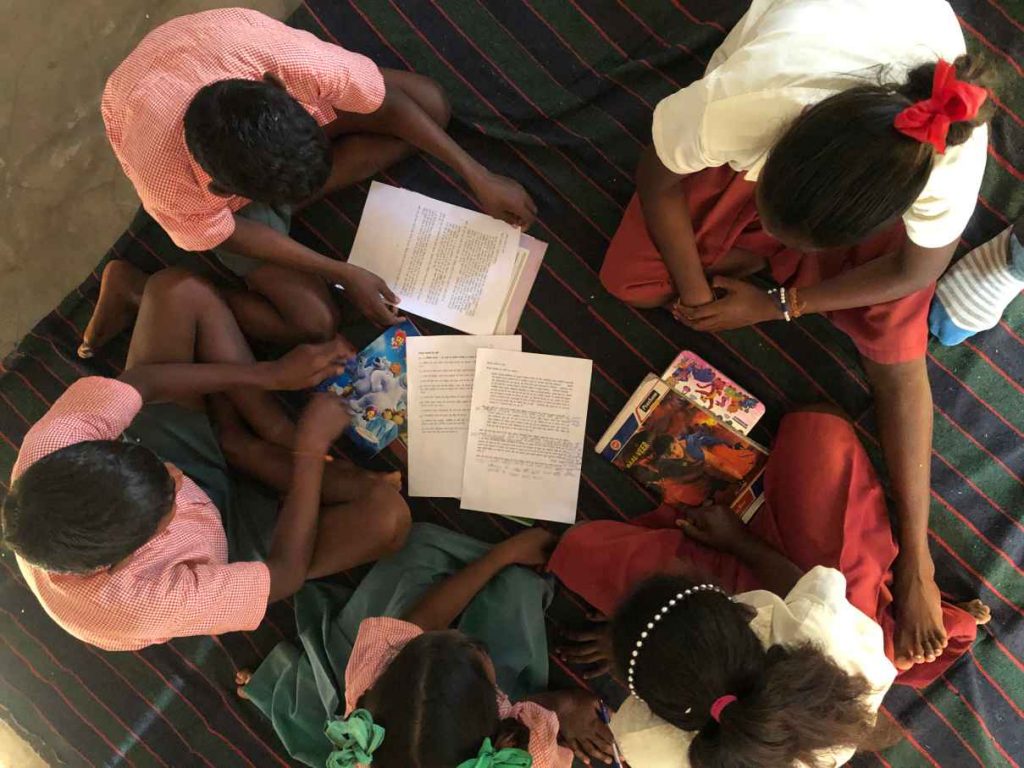
Voices of marginalised students
“Today people are talking about maintaining two-metre distance and social distance but Dalits, in India, have been socially distanced for thousands of years,” said Mayank Dohare, a visually impaired Dalit student from Noida, Uttar Pradesh.
“Education has moved online, however, I can’t access a digital image. It needs to be uploaded in the right format for me to be able to access it. In India, usually things are made first and later their accessibility aspects are added,” he said.
Dohare was one among many Dalit students who shared their problems in accessing higher education during the COVID-19 crisis and subsequent lockdown at the launch event today.
Stating that the meaning of education changes with online and offline classes, Tulika Kujur, a Dalit student from Ranchi said that she faced trouble while attending online classes – weak network, lack of laptops, phone and other facilities made it difficult to afford online classes.
Sharing her ordeal regarding the difficulty in getting access to education during the lockdown, another Dalit student recounted, “I am currently on a gap year and so is my brother. We don’t have any health facilities in our village. If someone falls sick or has a fever, we don’t even get a tablet. Arranging for food and livelihood [in the pandemic] was a hassle in itself,” the student from Uttar Pradesh said.
The findings of the recent study point out the significant gaps that persist in the education system for addressing the existing inequalities during this pandemic and making it more inclusive. It underscores the situation prevailing for the students from marginalized communities while addressing the questions of the digital divide faced by these students and the lack of resources that widen the existing gaps between the dominant caste and marginalized communities.
Anjela Taneja who leads Inequality and Essential Services (education, health, and financing for development) at Oxfam, India was also in attendance at the launch event. Talking about the vivid digital access gap in the country, she said, “On an average, 96 percent ST and SC students don’t have access to laptops in their homes. Despite that, we went towards digital education, that too on the basis of smartphones. It’s very unsurprising to see which section of society eventually benefited out of this,” said Taneja.
The survey has also looked closely at the issues and service delivery gaps faced by Dalit and Adivasi students in accessing government scholarships particularly post-matric scholarship.
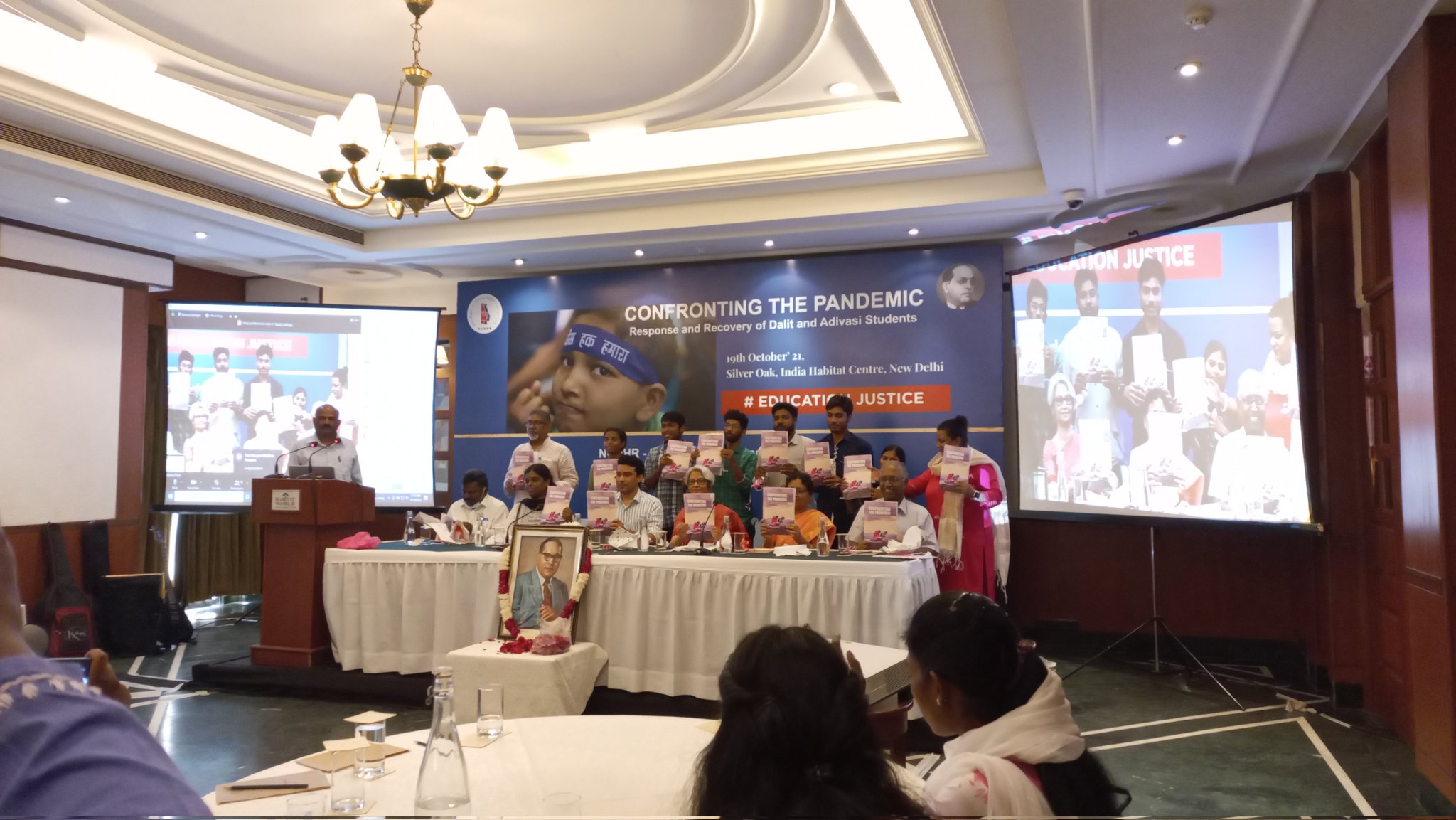
Reduction in the education budget
As per the report, in the past five years, there has been a substantial reduction in the education budget and it has subsequently reduced allocations for scholarships given to students from marginalized communities thus affecting their ability to stay in the education system.
The report also noted that the Post Matric Scholarship that was started by Dr. B.R. Ambedkar in 1944 is one of the oldest academic upliftment schemes for Dalit students post matriculation (class 10th). The scheme was nearly shut down as the central government has been providing only 11 percent of funding since 2017 thus prompting many states to discontinue it.
According to the Standing Committee on Social Justice and Empowerment (2019-20), the number of SC beneficiaries saw a 43 percent dip from 5.8 million in 2016-17 to 3.3 million in 2018-19. Discrimination and social norms that revolve around caste are considered as the major reasons behind this decline, reads the recently released report.
The report also highlighted the paltry amount of post-matric scholarship these students were able to access. Out of 68 per cent of students who are entitled to the government scholarship, only 51 percent were able to access it. Out of that only 31 per cent received their scholarship on a timely basis whereas 32 percent of them did not avail any scholarship because of lack of awareness regarding the scholarship and the process of availing them.
The twin effect of lack of scholarship funds and unavailability of smartphones, computers, laptops, and poor network connection has numbed the student community from all sides and thus made it difficult for them to cope with the situation, pointed out activists and researchers who attended the launch event.
Job losses
The report also discussed the employment opportunities and revealed that job loss was witnessed across income groups since about 60 per cent of students among the ones who had part-time employment could not continue their job during the pandemic.
And among students who continued working, they witnessed a 44 percent pay cut or longer hours or both. Of the 10,190 students surveyed, 22 percent of the SC, and 29 percent of the ST students were forced to take up employment owing to the pandemic. Women constituted 21 percent of them. Also, 48 percent of the respondents shared that they had to take up manual labour in the COVID period.
This sentiment was reiterated by a Dalit student who shared that had he been able to help his family financially, his situation would have been better. “More than studies, I was worried about my livelihood. My sister dropped out after BA part one because we didn’t have enough money to pay for her admission. There is scholarship but we are unaware about the procedure and the process is so tedious, hence we were unable to apply and avail its benefit,” he added.
Slightly more than half the students surveyed (54 percent) weren’t aware of where to seek information regarding scholarships and other government entitlements. Forty-eight percent students stated that they had not received the scholarship amount in the past year and it was persistent among all the groups – SC (49 percent), ST (42 percent), and PVTGs (71 percent).
Breaking down this information further, from an income basis, the report stated that 54 percent of those whose annual household income was below Rs 20,000 had not received any scholarship whereas one-third were affected in the income bracket of Rs 60,000-180,000.
The report also outlines the problems encountered by transgender students in accessing online education. It stated that for trans persons, living with abusive families, online classes have pushed them back to home, away from university spaces which was their temporary escape, and inability to access scholarships has worsened their situation.
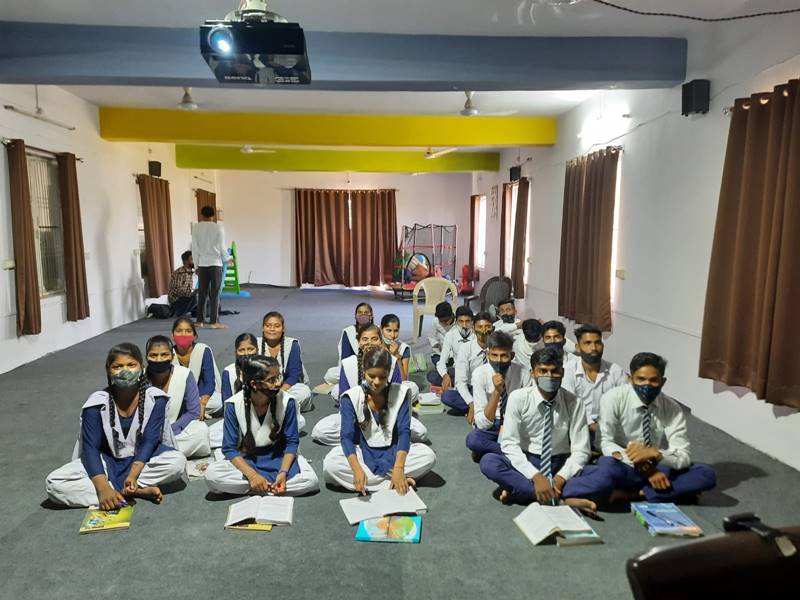
Recommendations
The report has shared a few recommendations in order to reduce the gap in access to education by the marginalized communities. It has urged the government to immediately release pending post-matric scholarship funds to all students who had not received their share during the pandemic.
It has also recommended 50 percent reservation for SC/ST women in all scholarship schemes offered by the central and state governments including a 50 percent reservation in women’s hostels.
In order to acquaint students with scholarships, it suggested setting up a government helpline to provide necessary information. Provision of a special long-term financial assistance to students who have lost their families during disaster and a minimum social protection plan that guarantees access to universal basic healthcare along with basic income security to all Dalit and Adivasi students during the pandemic were among a few other recommendations.
With a special focus on students with disability and transgender students, the survey report recommended the provision of scholarships, financial assistance, insurance policies, and access to medical facilities. Mandatory PwD (Persons with Disability) reservations for students with disabilities from SC/ST backgrounds was also one of the suggestions.

